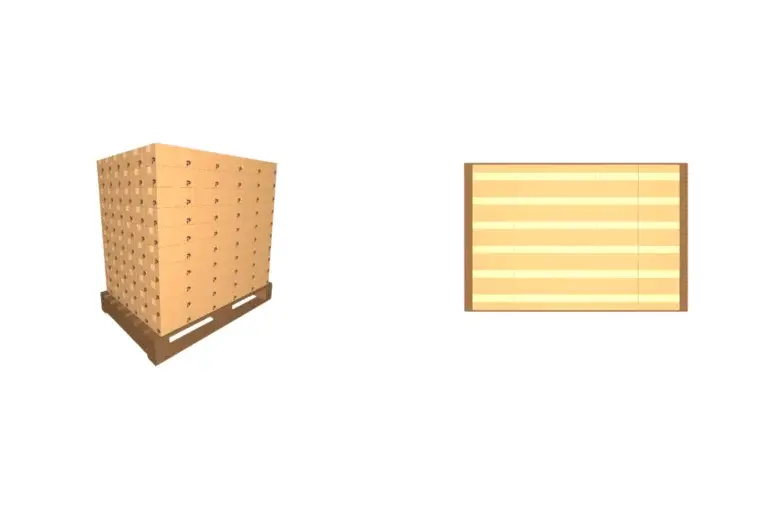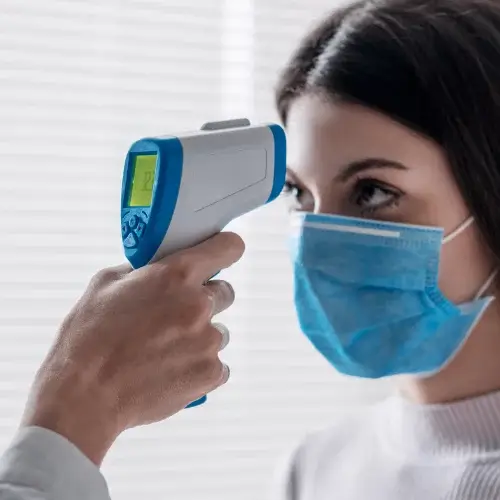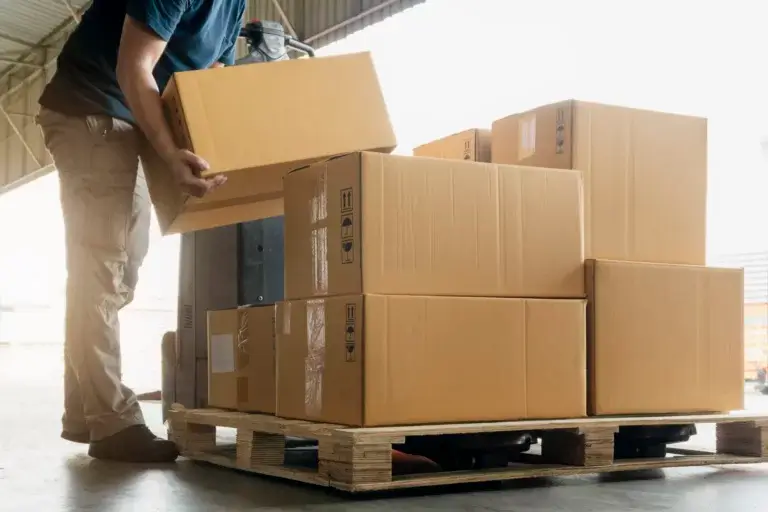The inhalation chamber is a care product often unknown to the general public but nevertheless essential in the management of many respiratory pathologies. In the pharmacy setting, it deserves a special place: both a therapeutic tool and an advisory support, it stands out as a high value-added product for the pharmacist.
But you still need to know how to present it, who to recommend it to, And how to explain its proper use. This article offers you a complete view on the use of the inhalation chamber in pharmacy, its clinical interest, and best practices to make it a real lever for service and differentiation.
Why does the inhalation chamber have its place in pharmacies?
The community pharmacy is today much more than a point of delivery. It is becoming a local care center, at the heart of the patient journey. In this context, simple, effective medical devices with high educational potential naturally find their place. This is the case of the inhalation chamber, which accompanies metered-dose inhaler (MDI) treatments, particularly in pulmonology.
As an interface between the patient and their treatment, the inhalation chamber allows to optimize drug deposition in the respiratory tract while reducing local adverse effects, especially oropharyngeal. It also improves treatment adherence, making its administration simpler, more comfortable, and safer.
A key support role for the pharmacist
The pharmacist is often the first health professional to whom a patient can ask questions about their inhaled treatment. However, although the prescription of an inhaled bronchodilator or corticosteroid is increasingly common, the patient's mastery of the technique remains largely improvable.
In this context, the inhalation chamber becomes a educational toolIn the pharmacy, it allows:
This support goes beyond simple sales: it is part of the clinical value of pharmacy advice.
For which patients should it be recommended?
Not all patients are systematically affected, but in many cases, the addition of an inhalation chamber is recommended, even essentialThis is particularly the case for:
In these cases, offering an inhalation chamber can improve response to treatment, And strengthen patient satisfaction while limiting local side effects (oral mycosis, irritation, etc.).
How can we explain how it works in a pharmacy?
One of the obstacles to purchasing is often lack of understanding of the real usefulness of the device. The role of the pharmacist is therefore to explain with simplicity and precision.
The message can be formulated as follows:
“This device allows you to take your treatment more easily and effectively. It acts as an intermediate chamber between your spray and your lungs. You press the inhaler, the product diffuses into the chamber, then you have a few seconds to breathe in gently, without rushing. This prevents errors and increases the effectiveness of the treatment.”
A demonstration in a pharmacy, with a placebo inhaler if possible, can greatly facilitate understanding.
What characteristics should be highlighted?
As a healthcare professional, the pharmacist is entitled to direct his patient towards a quality inhalation chamber. Here are some selection criteria to be valued:
These criteria are all the more important as they guarantee good compliance and durability of the product.
💡 To discover: our CE certified, antistatic and washable inhalation chamber, available in adult and child sizes.
And what about reimbursement?
Currently in France, the inhalation chamber is not not reimbursed in pharmacies (excluding very specific ALD or hospital supplies). This may put off some patients, but the pharmacist can justify its usefulness by explaining that it:
The cost, often moderate (between €10 and €20), remains acceptable compared to the therapeutic benefits obtained.
Conclusion: a simple system, a professional role to be valued
There inhalation chamber is much more than an accessory. In pharmacies, it becomes a concrete support for good useof the drug, a therapeutic education tool, and an opportunity for relevant advice.
👉 As a pharmacist, offering this device means being part of a quality approach, strengthening the bond with patients, and offer a useful, safe and rewarding solution.






